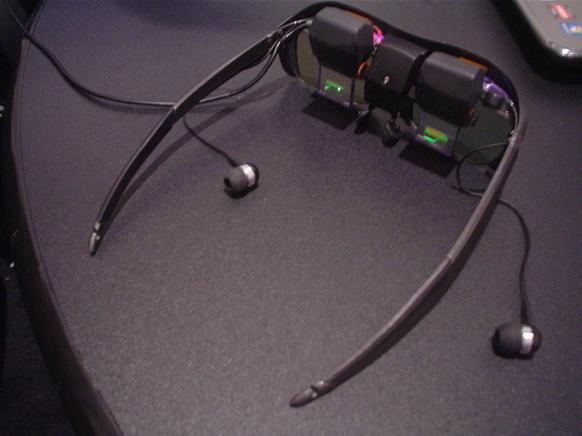Augmented Reality (AR), which overlays virtual information on top of the real world, is a tantalizing concept, but the technology is still a bit complicated. To see virtual directions float in front of you, you have to either look at the world through the screen of a smart phone, or don a pair of bulky, goofy video goggles. Many experts have questioned whether AR will ever catch on in the consumer market.

At the 2011 Consumer Electronics Show in Las Vegas hardware company Vuzix has revealed the first clear AR glasses for consumers. The glasses, called Raptyr, use holographic optics instead of video screens to make digital objects appear in mid-air. The approach is challenging, not least the interface has to compensate for (or compete with) natural light. For this reason the lenses can electronically darken to compensate for brighter or darker environments.
The Raptyr glasses, which have won a CES Innovation Award, feature a 6-megapixel camera, a microphone, headphones and a motion tracking system. They could be plugged into a PC, smart phone, or gaming system.
Don’t settle for half the story.
Get paywall-free access to technology news for the here and now.